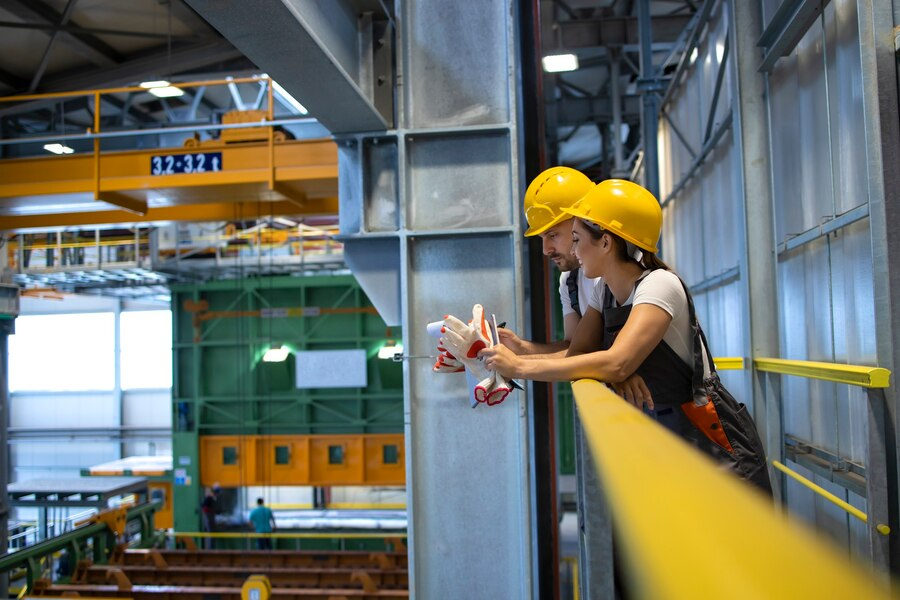Sheet metal fabrication plays a pivotal role in the manufacturing of commercial refrigeration systems, offering durability, customization options, and efficient production processes. As technology advances, so do the techniques used in this field, revolutionizing how these vital systems are designed and constructed. This article explores some of the innovative sheet metal fabrication techniques currently shaping the landscape of commercial refrigeration.
Evolution of Sheet Metal in Refrigeration Systems
Commercial refrigeration systems rely heavily on sheet metal due to its versatility and strength. Over the years, advancements in materials and fabrication methods have significantly enhanced the efficiency and performance of these systems. Modern sheet metal alloys offer superior durability and corrosion resistance, crucial for maintaining the integrity of refrigeration units in diverse environments.
Laser Cutting Precision
One of the most revolutionary advancements in sheet metal fabrication is laser cutting technology. Laser cutting allows for precise, intricate cuts on various metals, including stainless steel and aluminum, which are commonly used in commercial refrigeration systems. This method ensures accuracy in component manufacturing, reducing waste and assembly time while maintaining high structural integrity.
CNC Punching for Customization
CNC (Computer Numerical Control) punching has transformed how sheet metal components are fabricated for refrigeration systems. This technique enables rapid prototyping and customization, essential in meeting specific design requirements and adapting to evolving market demands. From ventilation panels to casing components, CNC punching offers unparalleled flexibility and consistency in production.
Forming and Bending Innovations
The ability to form and bend sheet metal accurately is critical in creating seamless and efficient refrigeration system components. Innovations in hydraulic and electric press brakes have enhanced precision and speed in bending operations, ensuring that each component fits perfectly into the overall system assembly. This capability not only improves functionality but also reduces assembly time and costs.
Advanced Welding Techniques
Welding remains a fundamental process in sheet metal fabrication for commercial refrigeration systems. Advanced welding techniques, such as TIG (Tungsten Inert Gas) welding and robotic welding systems, provide superior joint strength and aesthetic appeal. These techniques minimize distortion and ensure uniformity across welded joints, contributing to the overall reliability and longevity of refrigeration units.
Surface Treatment for Durability
Surface treatment technologies have evolved to enhance the durability and aesthetics of sheet metal components used in refrigeration systems. Techniques such as powder coating and electroplating provide corrosion resistance and improve the visual appeal of components. These treatments are crucial for extending the lifespan of refrigeration units and maintaining their performance in various operating conditions.
Integration of Smart Manufacturing
The integration of smart manufacturing principles, including IoT (Internet of Things) and AI (Artificial Intelligence), is revolutionizing sheet metal fabrication in the refrigeration industry. IoT-enabled sensors monitor production processes in real-time, optimizing efficiency and minimizing errors. AI algorithms analyze data to improve design accuracy and predictive maintenance, ensuring continuous innovation and quality improvement.
Sustainability Initiatives in Fabrication
Sustainability is a growing concern in sheet metal fabrication for commercial refrigeration systems. Manufacturers are increasingly adopting eco-friendly practices, such as recycling scrap metal and using energy-efficient production technologies. Sustainable sheet metal alloys with reduced environmental impact are being developed to meet regulatory requirements and consumer expectations for green products.

